AN ADVENTURE ON THE ADRIATIC
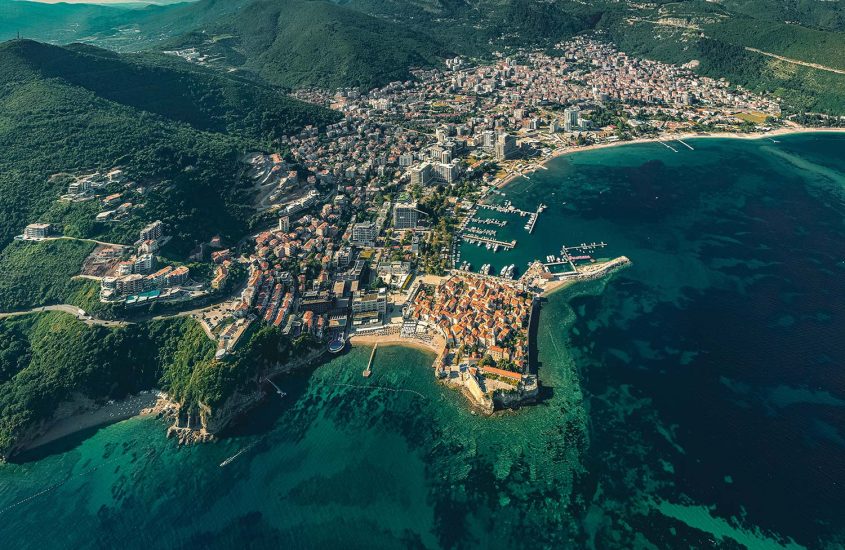
A coastal paradise with rich historic and cultural undertones, Montenegro is a definitely a country to add to your travel bucket list.
Montenegro is a Balkan country with rugged mountains, mediaeval villages and a narrow strip of beaches along its Adriatic coastline. A popular tourist destination, it has much to offer from historical sites and monuments to natural attractions, vibrant nightlife and more. This time of the year, Montenegro has hot days and balmy evenings. Expect some rainfall too. In this article, we will explore three coastal cities steeped in culture.
BUDVA
Budva Riviera has many beaches with restaurants and all the basic amenities such as washrooms and showers. The water is warm enough to swim at this time, which makes it the perfect city to enjoy some beach time. Mogren Beach is flanked by verdant hills and features golden sands and clear blue waters. There are designated spots to dive from. Further, you can swim, snorkel or simply relax with a summer cooler and enjoy the view. Located about 3km from Budva is Jaz Beach. There’s a parking area in case you decide to drive down. The shore is pebbly but you can rent recliners and sunbathe. You can also enjoy water sports such as waterskiing, surfing and kayaking by renting out the equipment at the beach. Divided from the bustling town of Budva by a beautiful peninsula, Bečići Beach also offers watersports, as well as land activities such as volleyball. Old Town Beach is a small, charming stretch of sand right outside the Budva town walls.
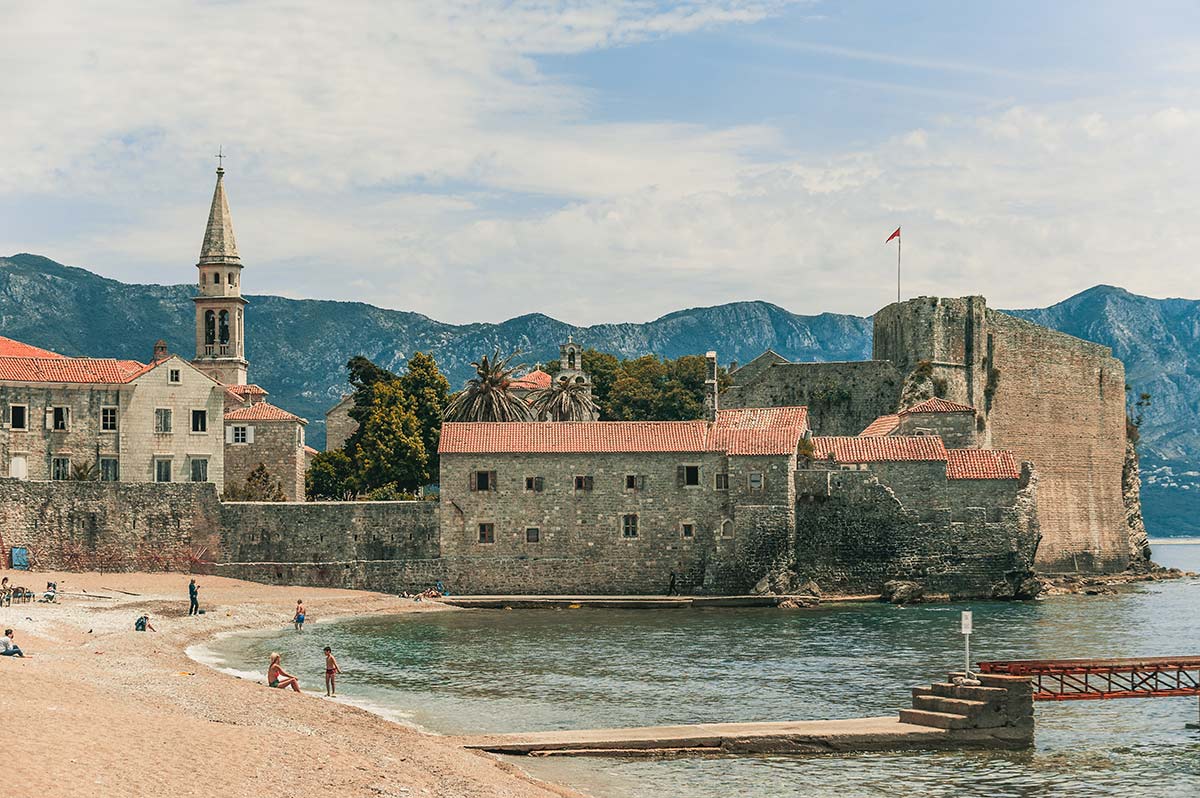

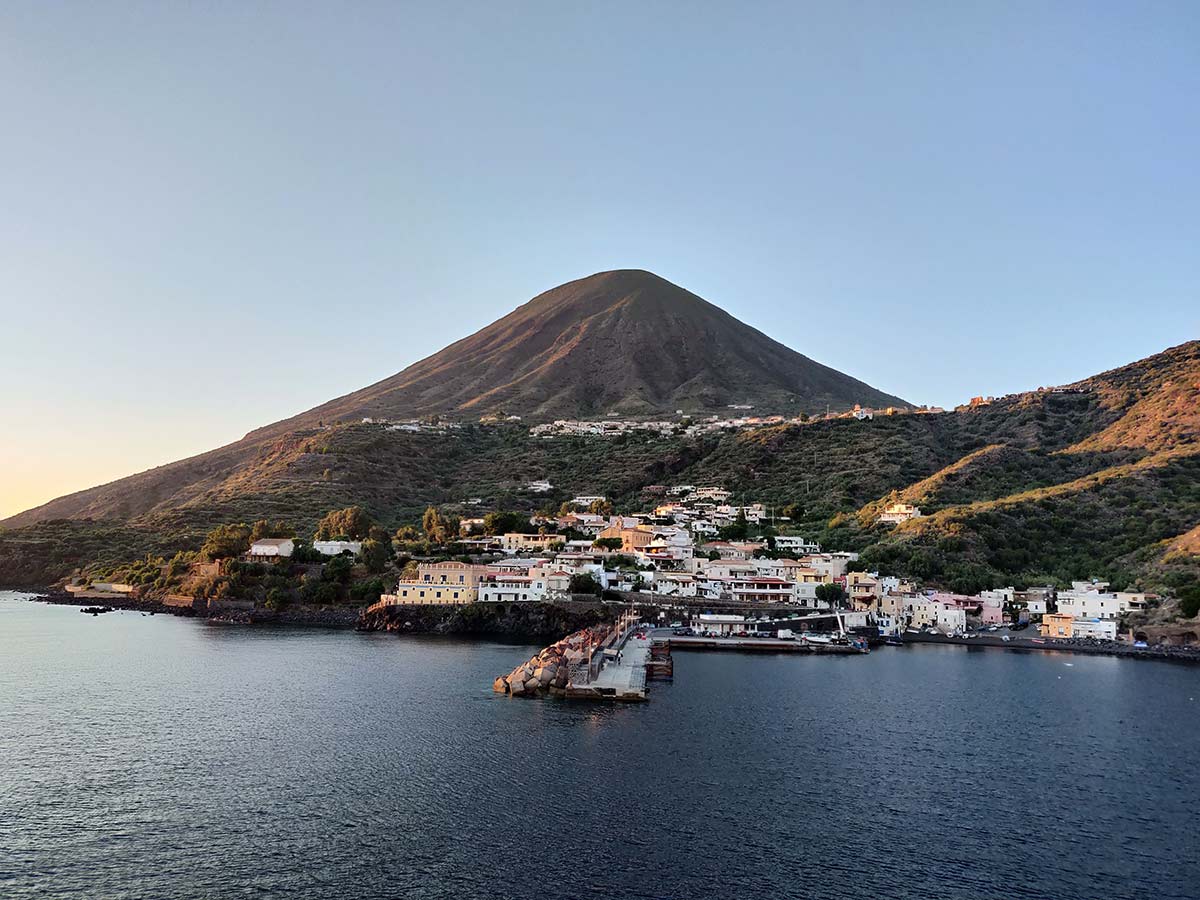
Steeped in history, the old town itself is home to many monuments and sites from the Middle Ages. The ancient walls of the city still stand and you can explore the labyrinth of lanes and inroads, which connect town squares, on foot. Dotted with restaurants and cafes, serving traditional Montenegrin cuisine – these can be the perfect pitstop for your expedition. The citadel is a major attraction. Also known as Fortress of St. Mary, it now houses a library and restaurant. The views from the rooftop are said to be mesmerising. There are religious monuments too, such as the Church of St. John. According to oral tradition, it was built in the seventh century and is one of the oldest in the coastal region. Exhibiting a Gothic style, it has a bell tower which adds to its charm. Entry is free and once you’re inside, you will see the popular Madonna of Budva icon, as well as other religious icons and paintings. The Church of the Holy Trinity has unique frescoes.
Many summer festivals are held in Budva right up to September, featuring culturally diverse poetry, songs and dances. A testament to its many cultural influences throughout history. The Old Town of Budva is also known for its energetic nightlife and there are many bars and pubs that you can visit to try the popular Montenegrin fruit spirits.
ULCINJ
Located about a 90-minute drive from Budva, Ulcinj has some nice beaches too. Velika Plaža or Great Beach is popular, combining warm, sandy shores and beautiful views of the Adriatic coast. The longest in Montenegro and one of the longest in Europe, it stretches for over 10km and offers ideal conditions for kite surfing. Mala Plaža, also known as City Beach, is popular too but can get quite crowded. Yet another well-known beach is Ženska Plaža or Ladies’ Beach. As the name suggests, it’s exclusively for women.
Naturally positioned in an alcove, it offers privacy and even has a guard at the entrance. This spot is known for its sulphurrich springs, which are located in the shallow waters and said to have curative properties for infertility in women. You could also visit Valdanos Beach, which is located about a 15-minute drive from Ulcinj. It’s rocky with sea urchins and most known for the olive grove that flanks the shores. This expanse of about 80,000 olive trees belongs to local families. Some of the trees are said to be centuries old. There are family run restaurants that sell bottles of premium quality olive oil that you could take home as a souvenir. Also check out the oldest lighthouse in Montenegro located on Cape Mendra, which is close by and offers beautiful views. Montenegro is known for its nature reserves and biodiversity. Ulcinj Salina, which is about 5km from the city centre, is the largest salt pan in the Adriatic and a bird habitat. Home to more than 200 species some of which are migratory. This time of the year right up to November is bird-watching season, the flamingos that have become a symbol of the area are very popular.
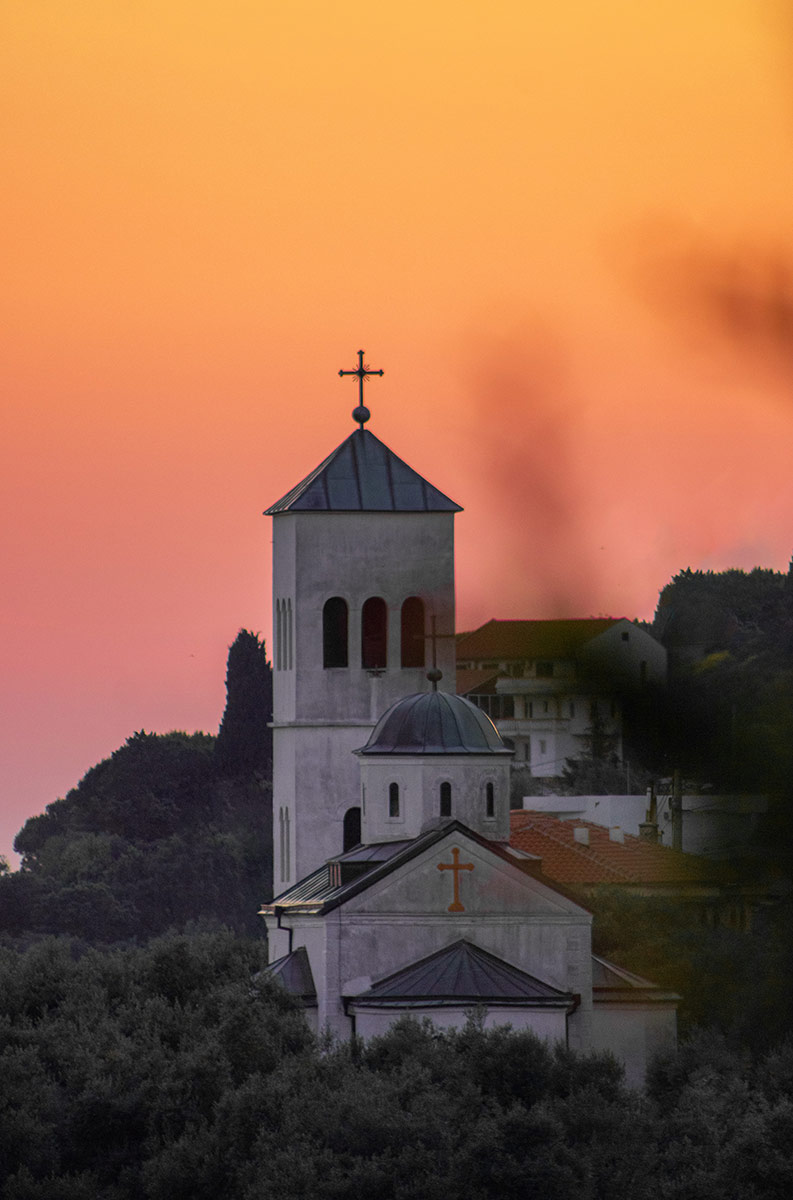
In addition to being a beach town and nature haven, Ulcinj is also a historical hub. Take a walk through the picturesque, narrow streets of the Old Town. A major attraction here is the fortress, which has been restored many times over the centuries. The architecture of this ancient structure is note-worthy; make sure to visit the Balšić Tower, which offers breathtaking views of the sea and surrounding town, bulwarks coming out of the sea and ancient edifices restored as luxury accommodations for visitors. Other major attractions include religious monuments such as the church-mosque or Imperial Mosque or Church of St. Maria; a former church and mosque, it now hosts the town museum. There are many restaurants here that you can visit to try the local cuisine. Being a coastal town, seafood is common.
Buzara is a stew-like dish made with prawn, clams or squid with garlicky undertones. Meat and poultry are widely eaten too. Try the Brav u Mlijeku, meat braised in milk with root vegetables. Cevapi, grilled meat sausage or patties, usually served in a flat bread and with raw onions. For breakfast, we recommend the simple and moreish Burek or filo pastry stuffed with meat, spinach, mushrooms or potato. Some local desserts that you can try include the Montenegrin cake or Kolači and Montenegrin pancake or Palačinke. The latter is typically filled with chocolate, jam, bananas or nuts or simply dusted with sugar.
KOTOR
Start in Old Town – a UNESCO World Heritage Site. We recommend a guided tour around the fortified town, which is an architectural gem. Clock Tower in Arms Square is a quaint renaissance structure. Once a warehouse for ammunition – hence, Arms Square. St. Tryphon, a Romanesque masterpiece, is Kotor’s most impressive edifice. It houses a gold altar, a stone ornament depicting the life of St. Tryphon, Baroque frescos and more. There are other monuments worth visiting, particularly the Church of St. Nicholas and the 12th-century Church of St. Luke. Also, the Maritime Museum, which has on display models of ships, along with photos, paintings, uniforms, and other artefacts – a testimony to the maritime heritage of the Bay of Kotor.
The fortifications surrounding the Old Town of Kotor are a UNESCO site too. Walk along the ramparts, which climb up to the top of St. John Mountain, which backs the city. The Church of Our Lady of Remedy stands on the slope of this mountain, it can only be reached by foot by climbing over 600 steps. The oldest known building in Montenegro, a Christian basilica, which dates back to the sixth century, has been found under the Church of Our Lady of Remedy. Perched atop St. John Mountain is Kotor Fortress or San Giovanni (St. John) castle. At 280m high, it offers sweeping views of the surrounding neighbourhood and sea. The Old Town of Kotor has vibrant nightlife too.
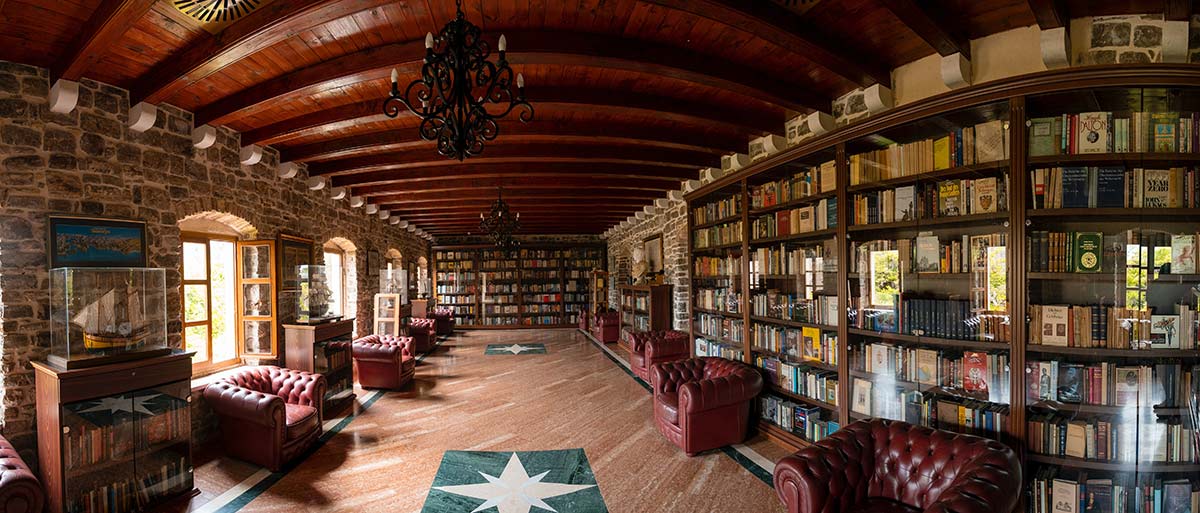
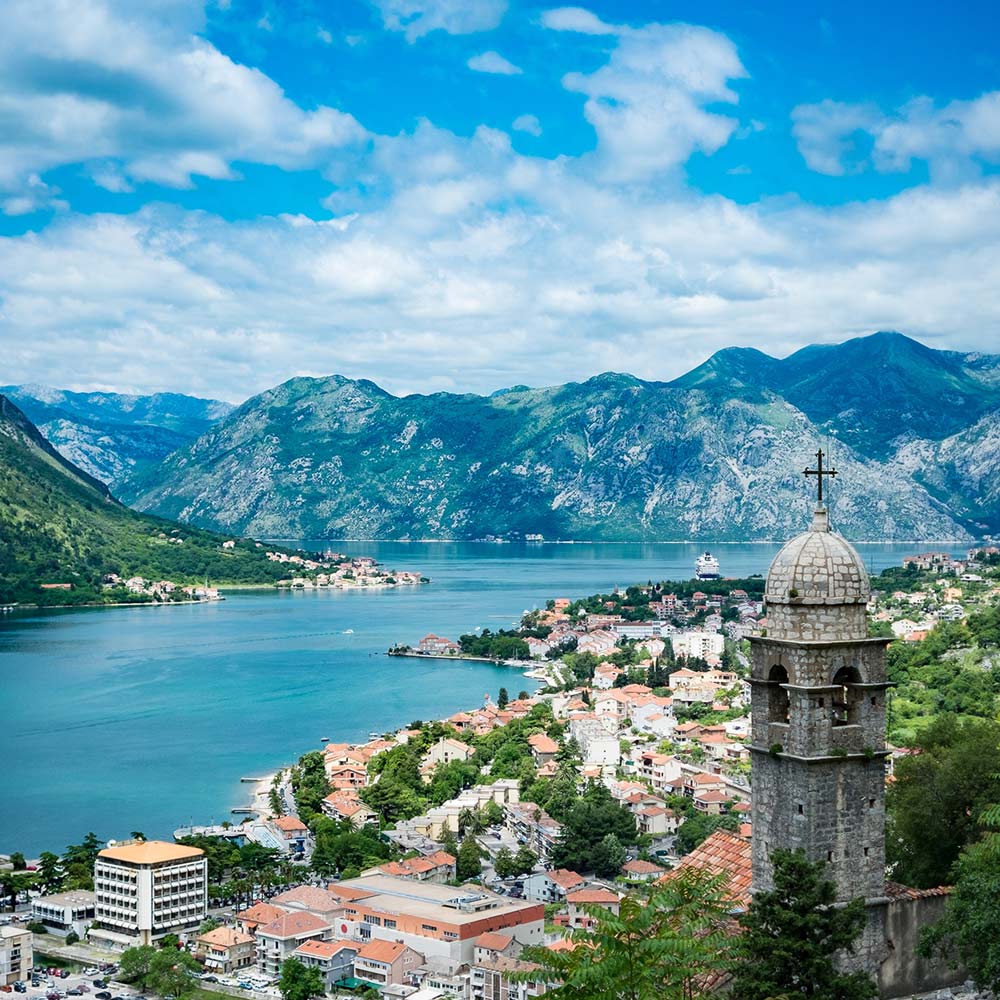

Escape to Our Lady of the Rocks, a small man-made island created from a bulwark of rocks and sunken old and seized ships loaded with rocks. You can easily get here by boat from Perast, which is about a 20-minute drive from Kotor. The Church of Our Lady of the Rocks is the largest structure on the islet. It houses a collection of paintings and a tapestry embroidered with gold and silver threads. The church also has a museum and a small gift shop to visit.
Speaking of museums, Kotor is home to a cat museum. If you’re an animal lover, then this one’s a spot to watch out for. It’s a testament to the locals’ love for felines; they even leave bowls of food and water all over town. The museum has on display a curated selection of photos, some up to 100 years old, across two rooms and a hallway. The pictures depict cats in human-like poses, reading books or swimming. There are also medals from international cat shows, portraits of people with their furry friends, antique books, postcards, posters, advertisements and stamps. If you’re lucky, you may catch a live exhibit inside the museum. Strays adorn the streets of Kotor as well and it’s not uncommon to find them lounging on the laps of tourists, purring and seeking affection! ✤























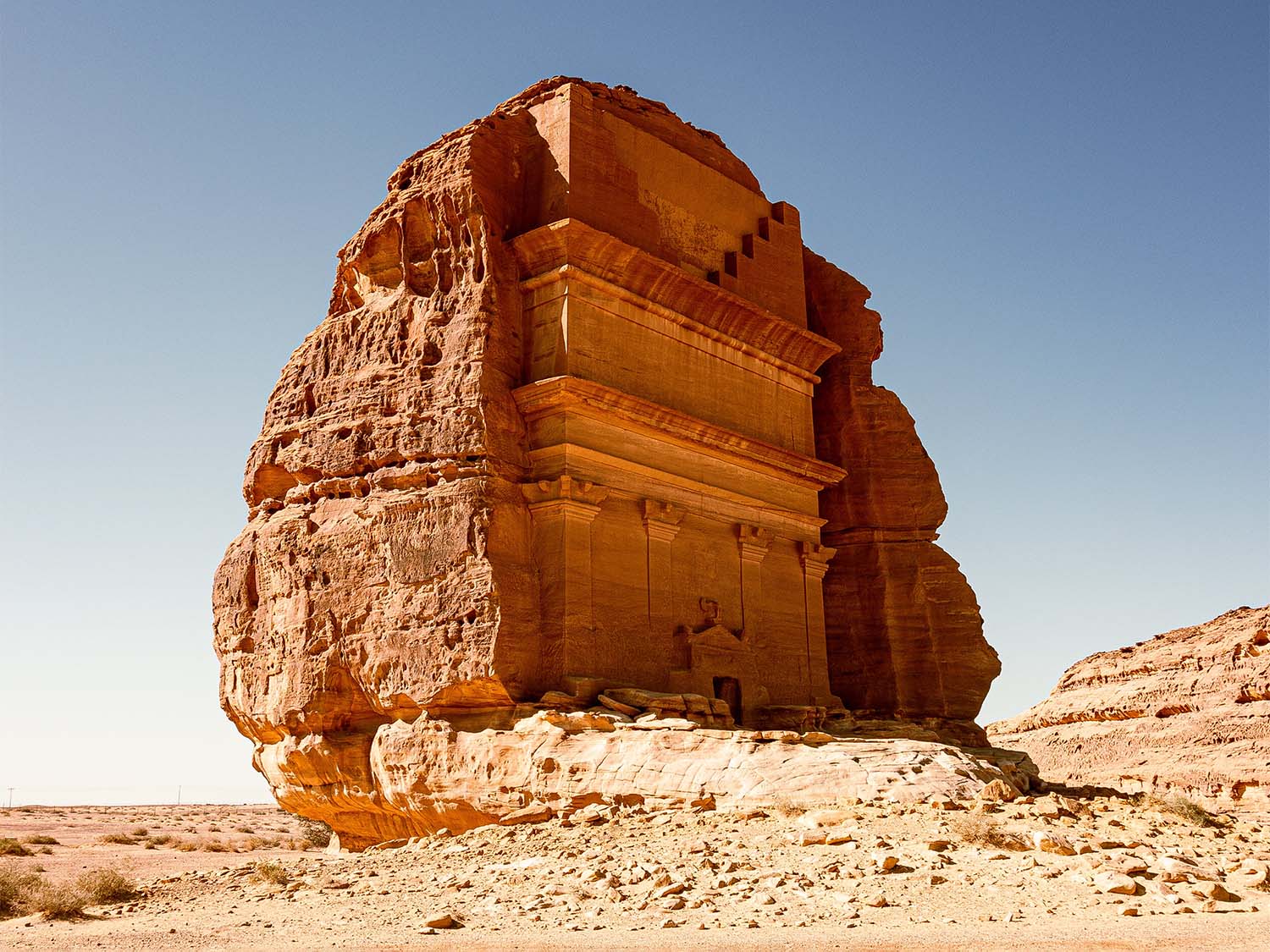






Comments are closed.